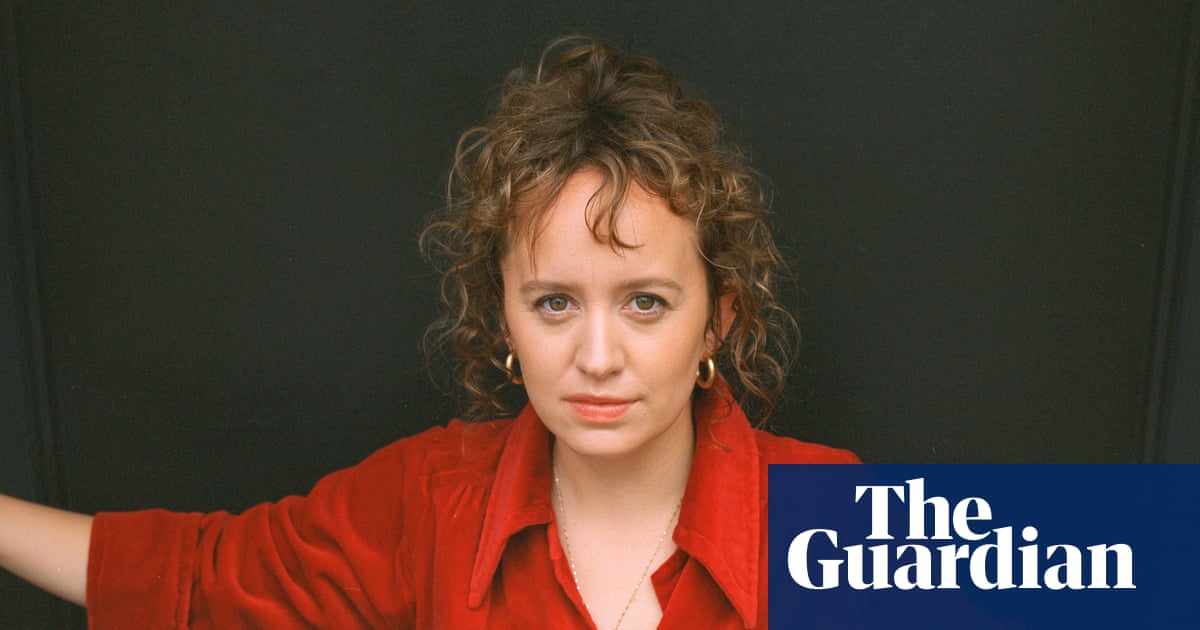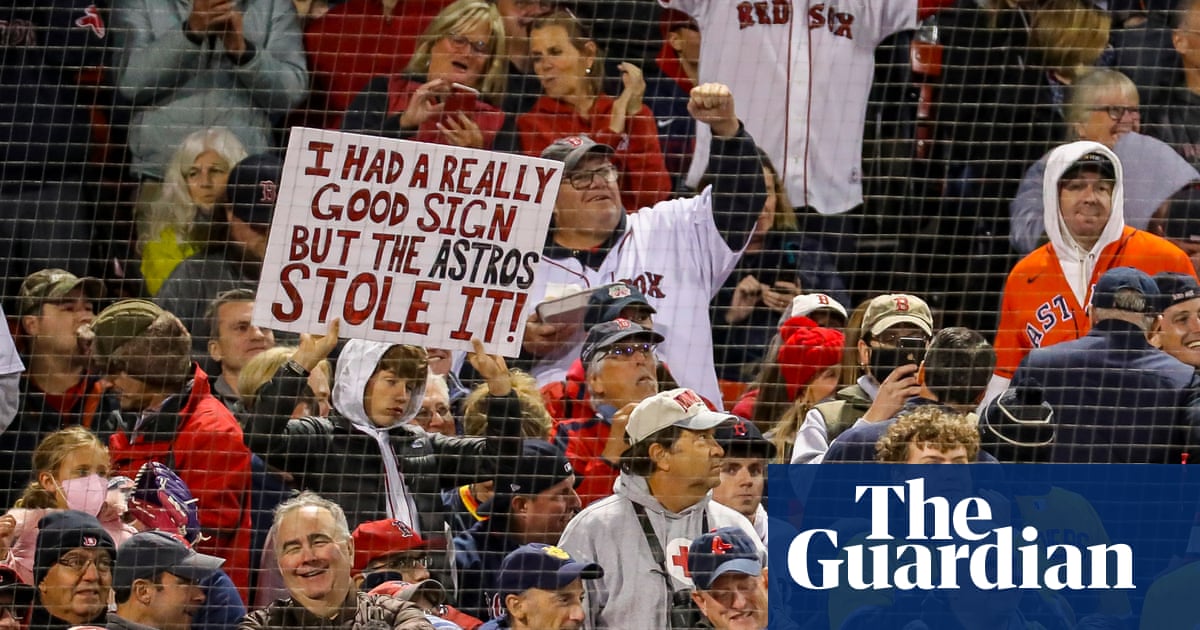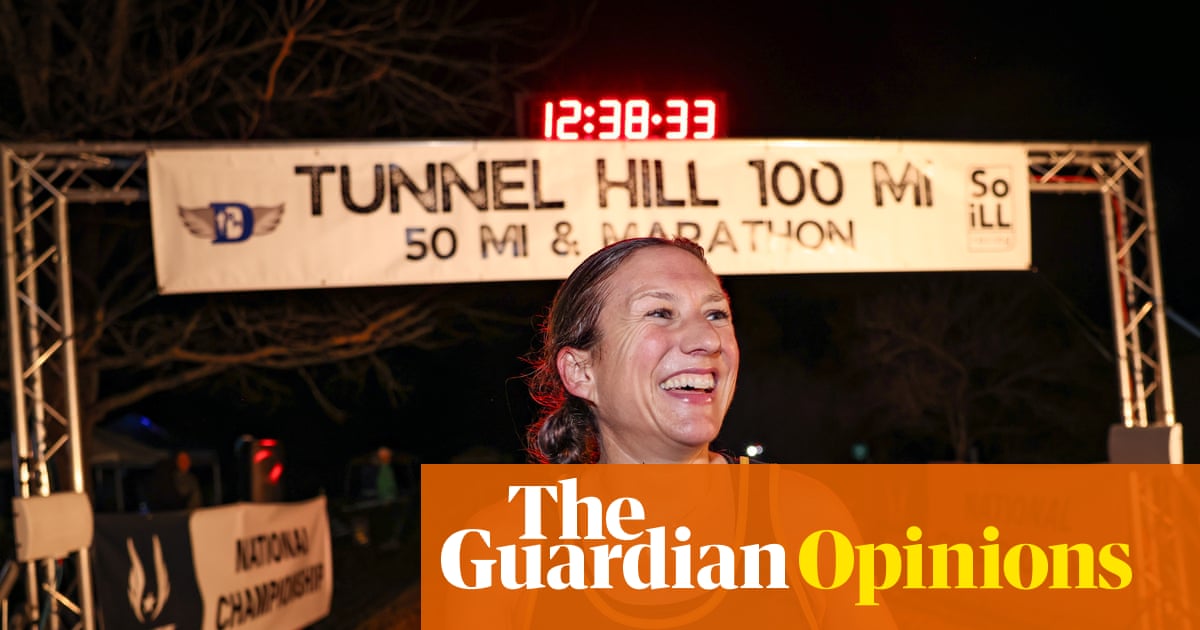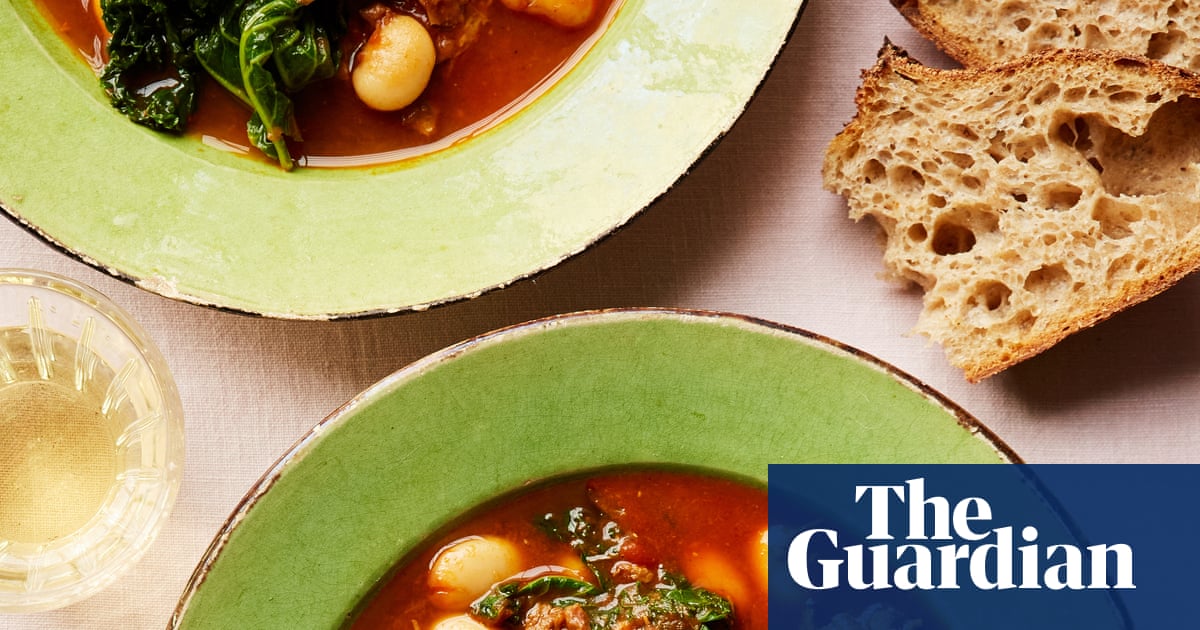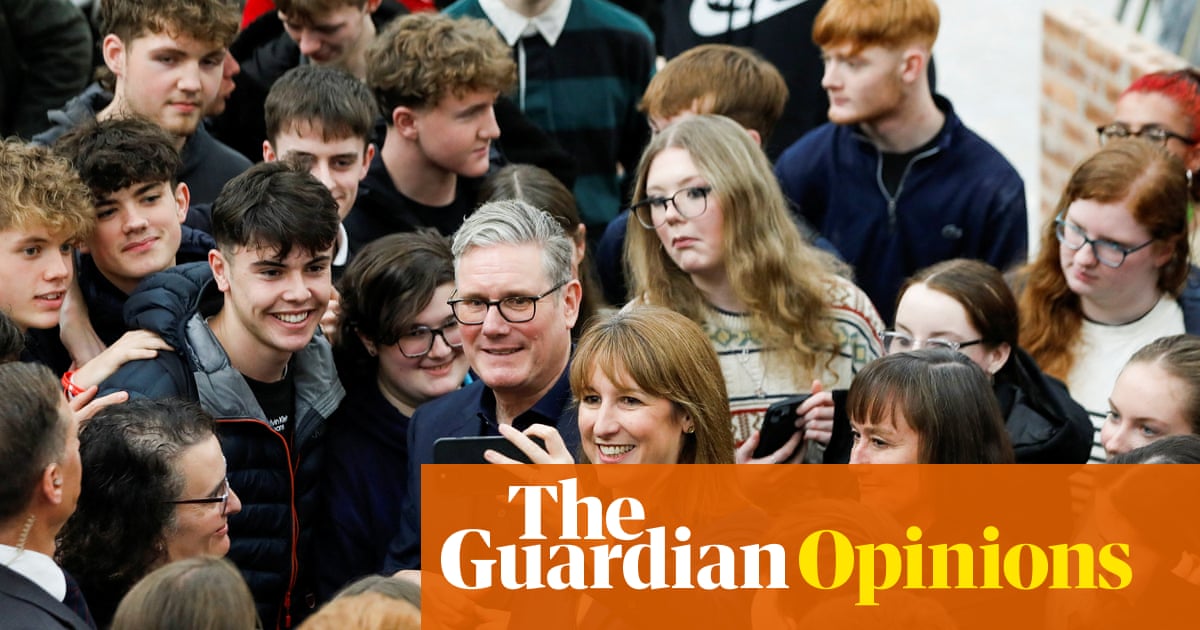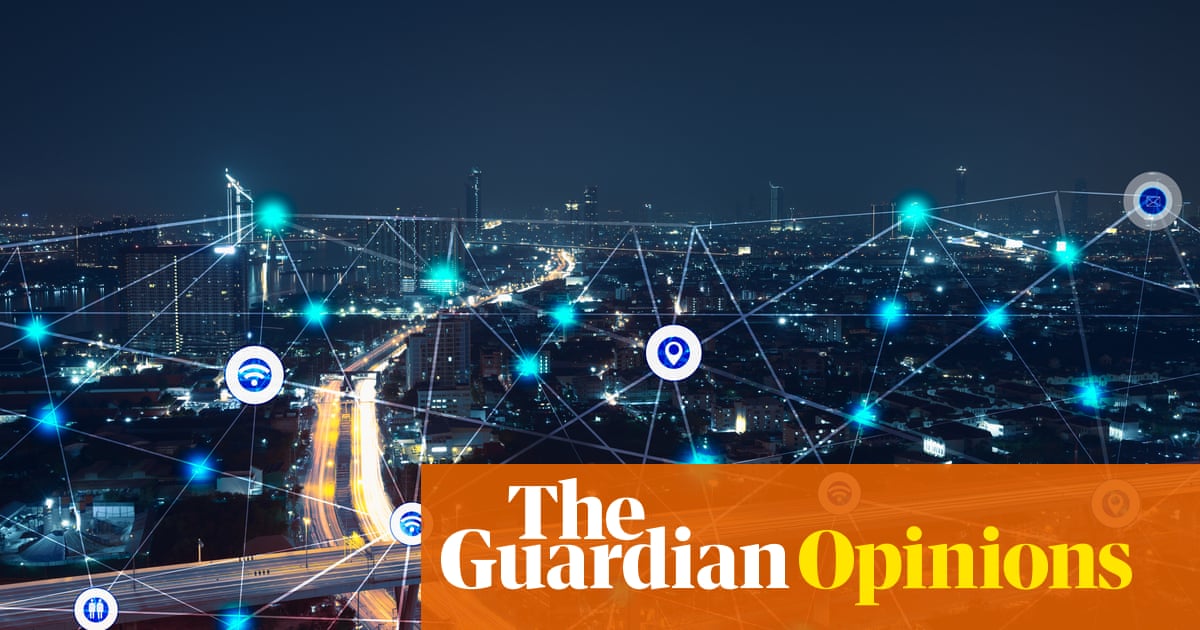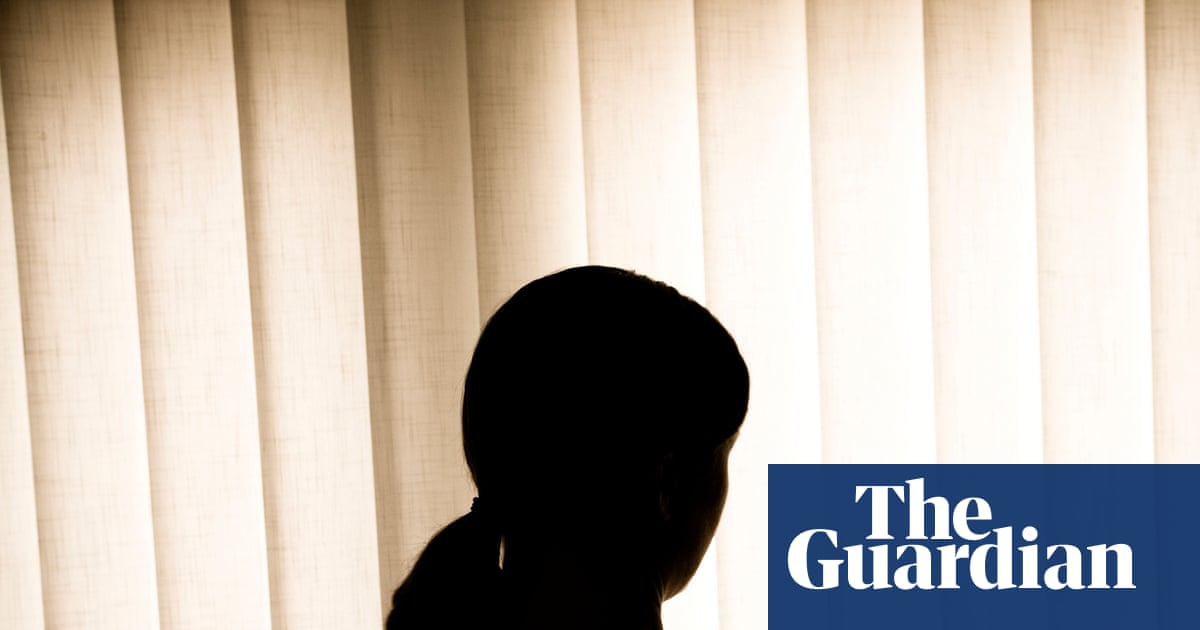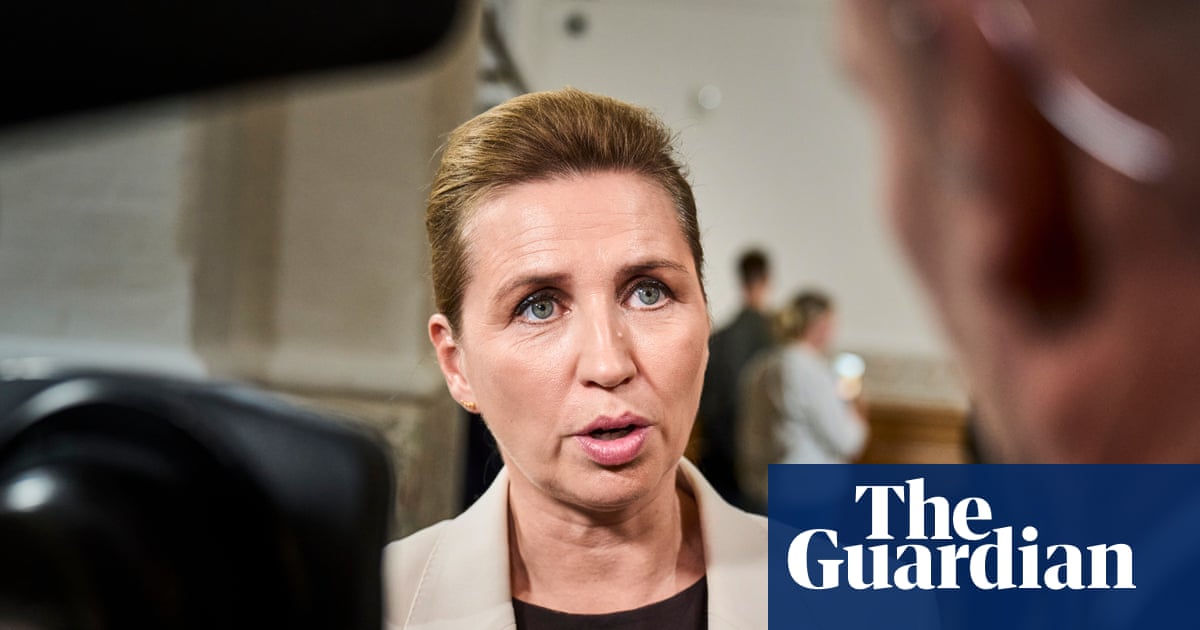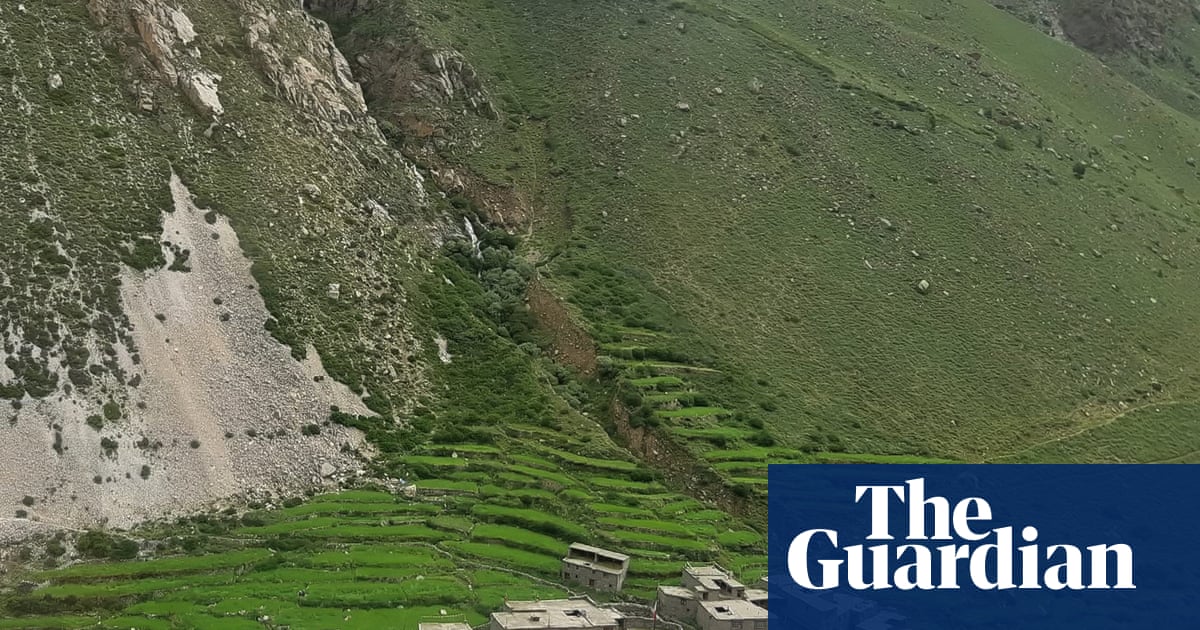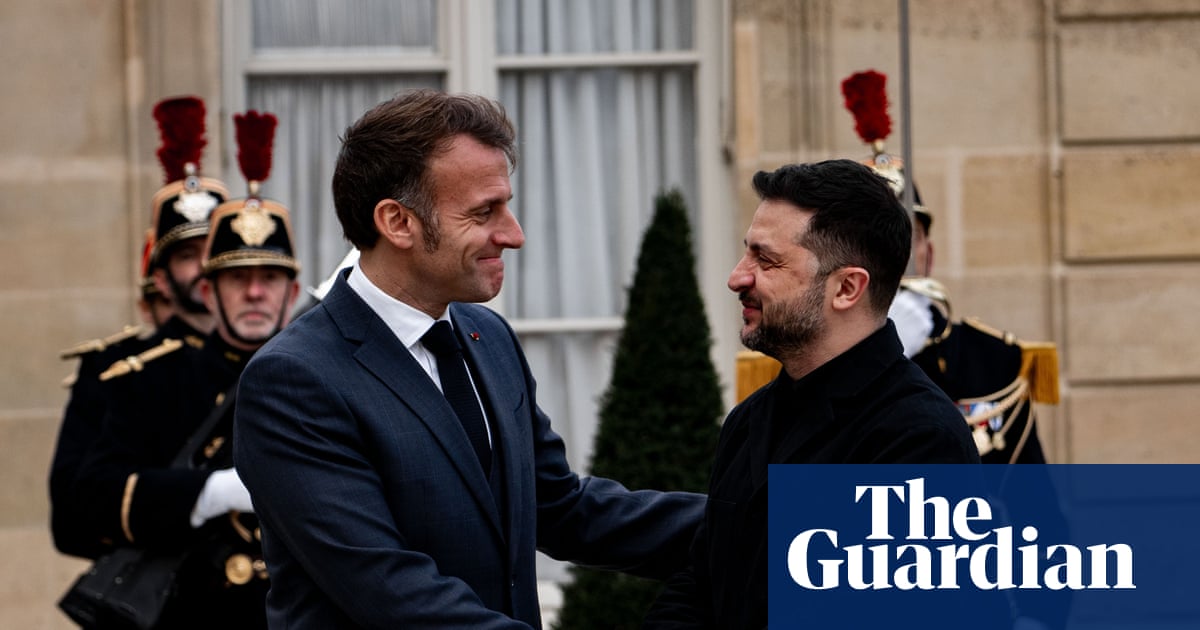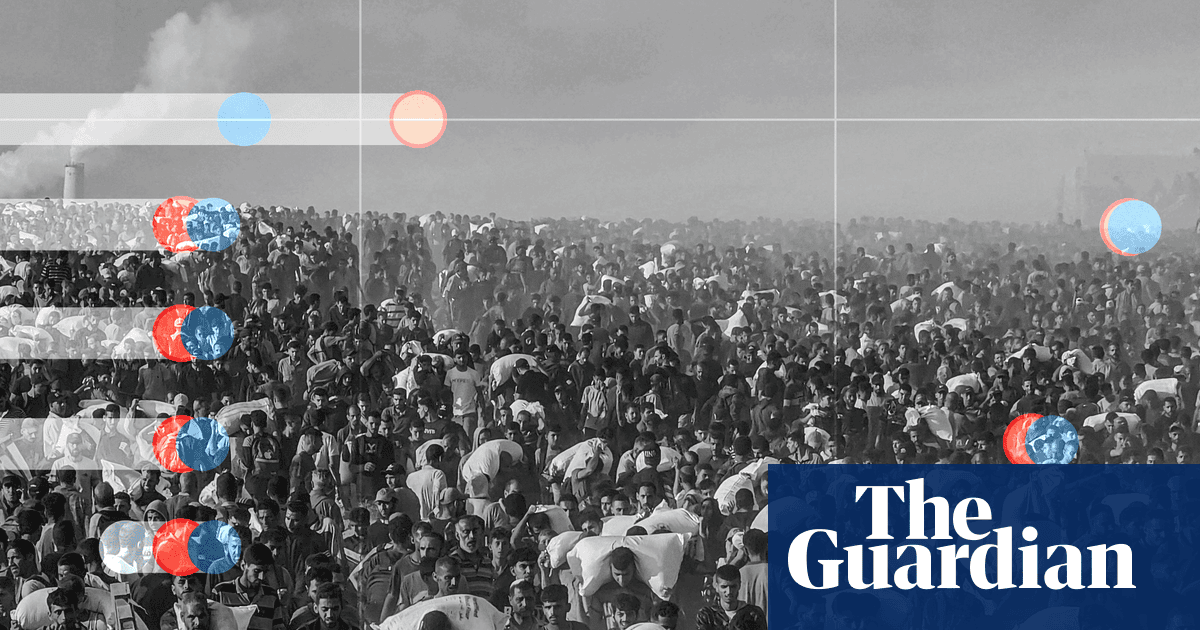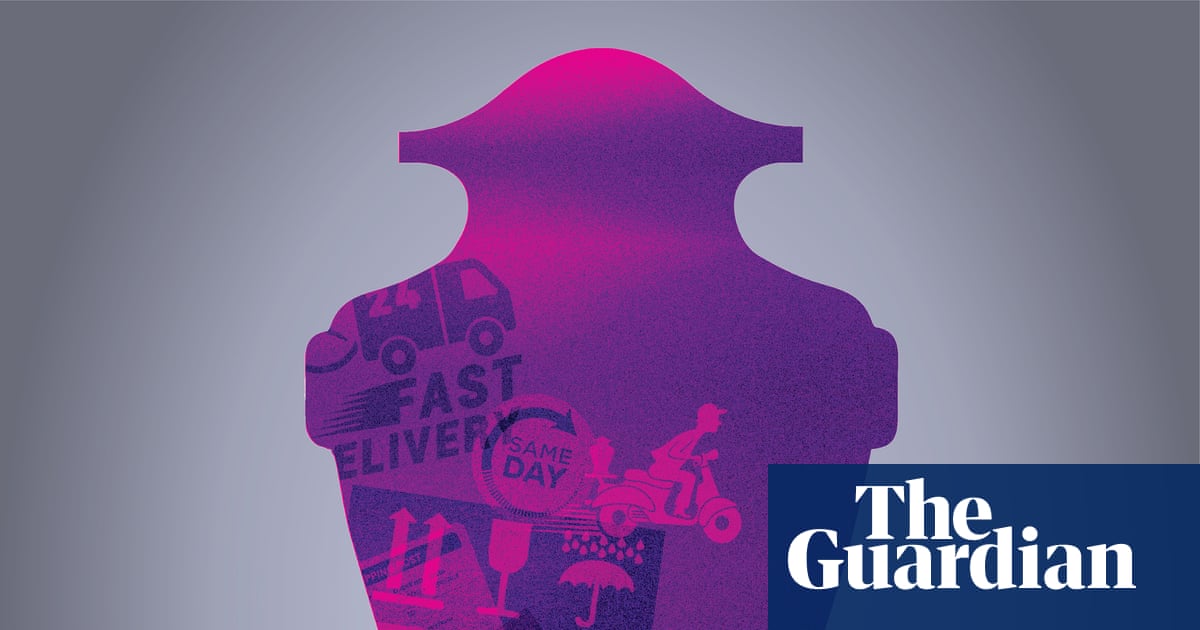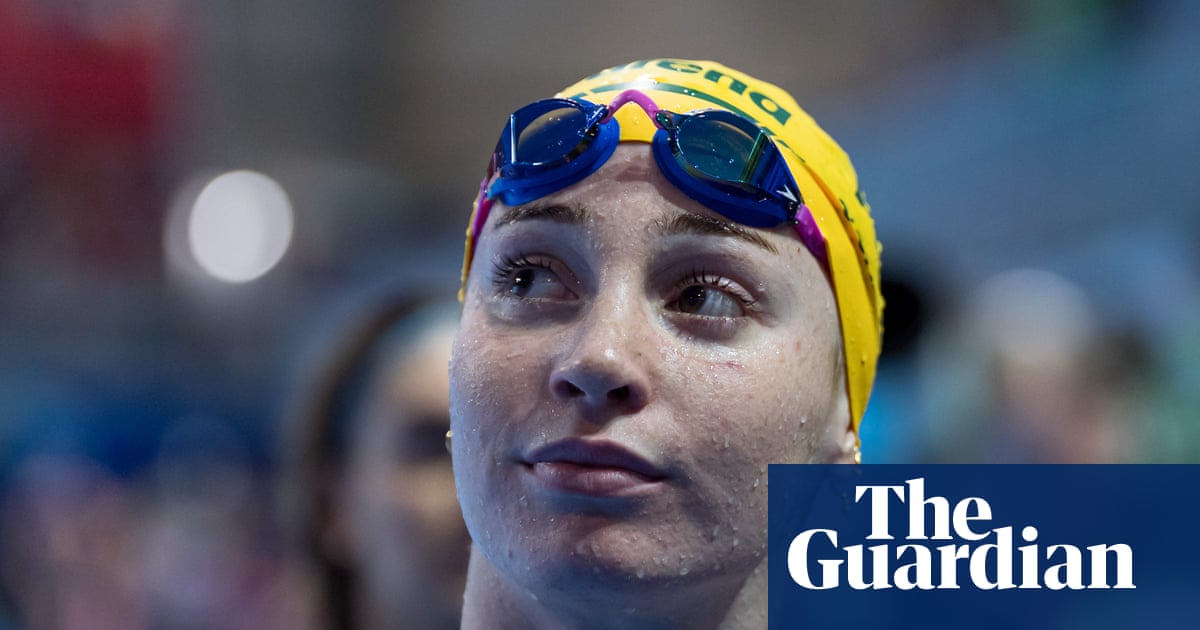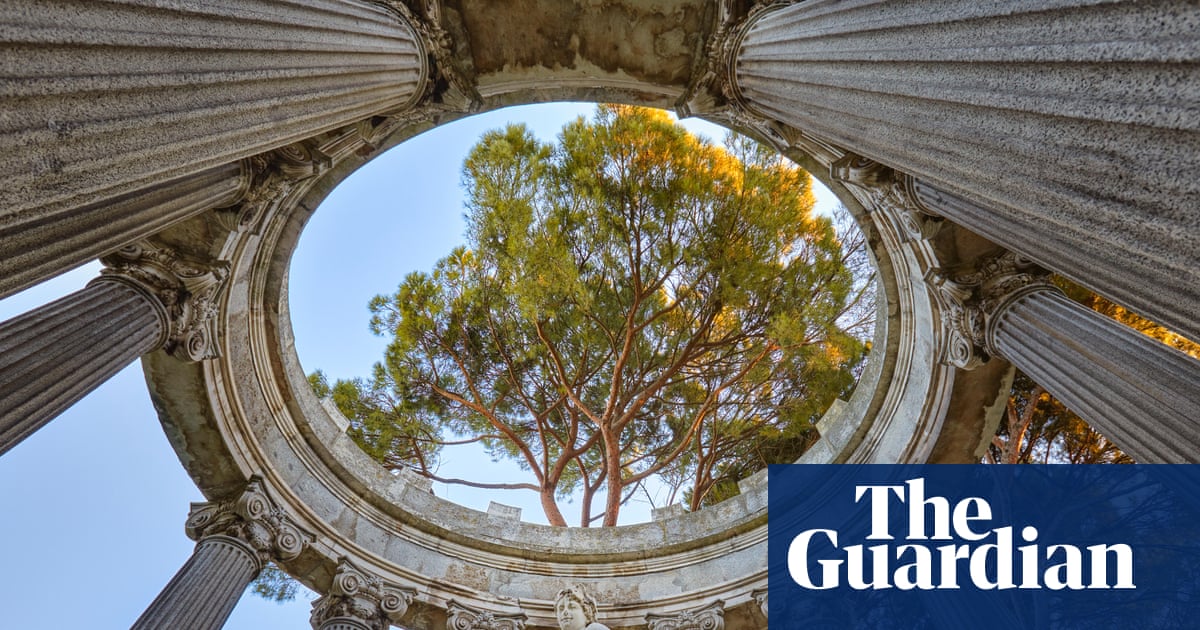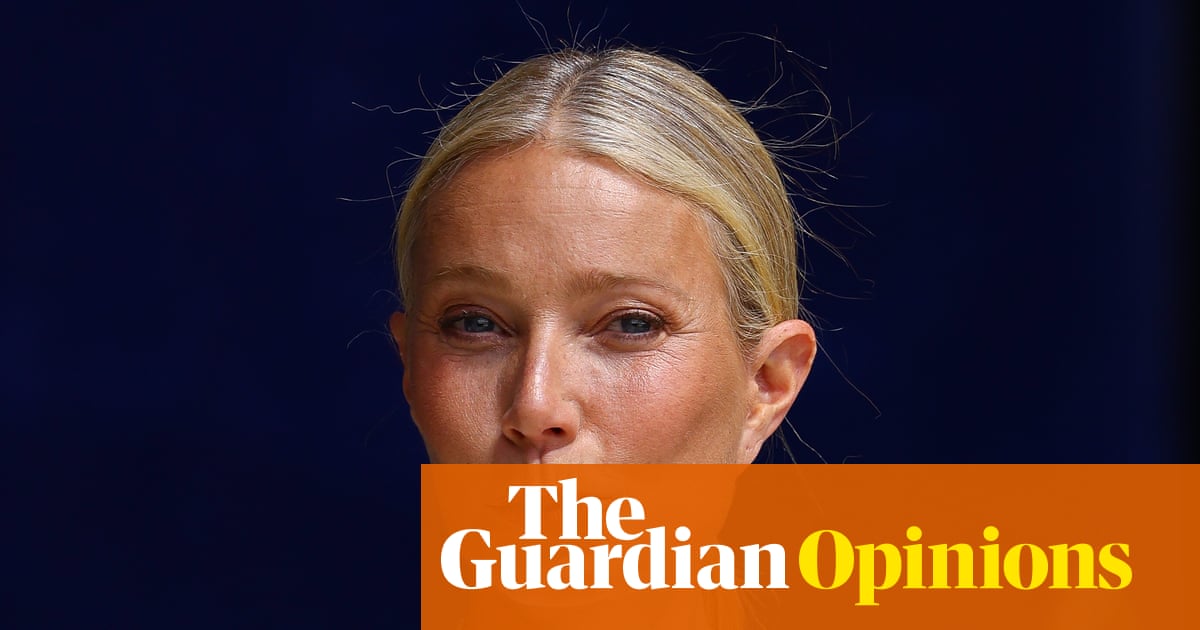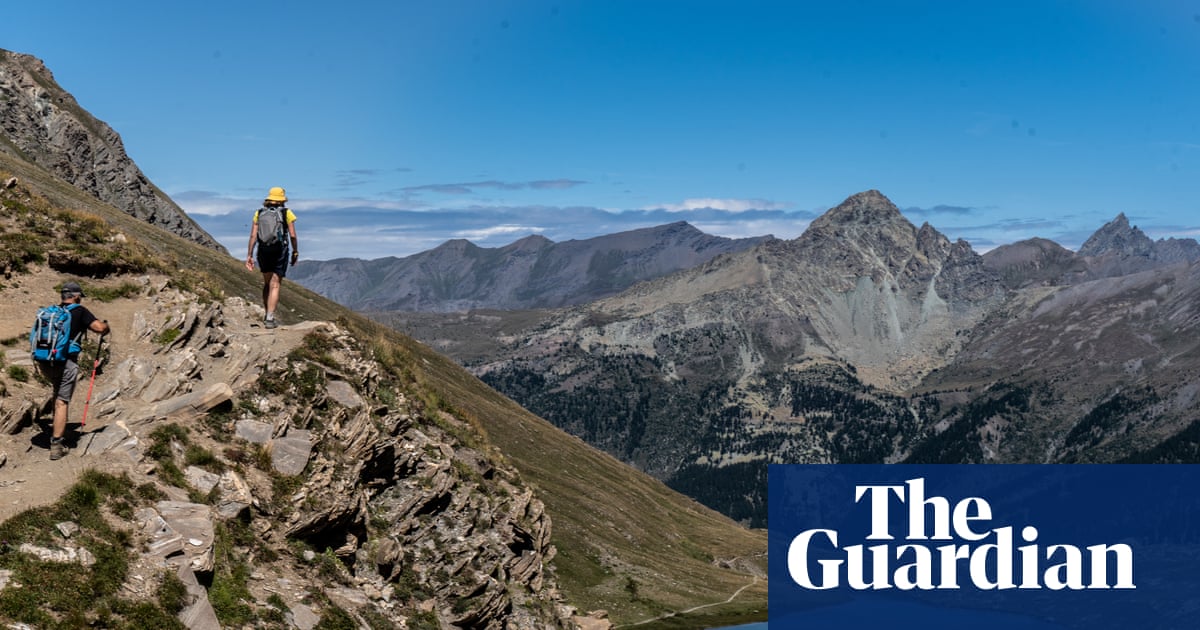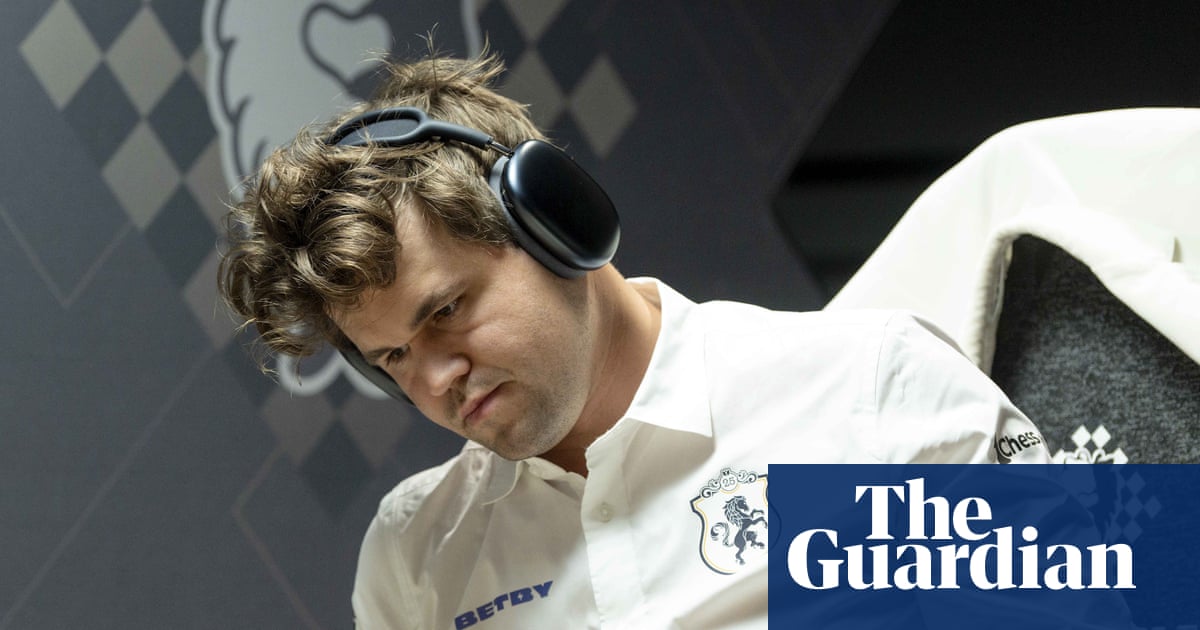I feel as if I’ve been swallowed. And in the creature’s stomach, I walk with the sensation of being drowned. My nose hurts, with the same pain we feel when we are struggling to breathe. That’s my perception of the blue zone of Cop30, the official area for the negotiations. The architecture makes me think of the stomach of an animal.
My eyes hurt, seeing so many people coming and going through the main corridor. This is the scene of a makeshift forest. On the walls are large paintings of a jaguar, a monkey, an anteater and a lizard. In the middle of the corridor are plants that resemble açaí palm trees, and below them, small shrubs. The place of nature within the blue zone is ornamental.
People are always running, never walking, always in a hurry. This accelerated rhythm, for a moment, courses through my body. For a moment I walk faster, think faster, breathe faster. The haste feels contagious. Then I realise: I can’t let myself be accelerated. My investigations aren’t rushed, my writing isn’t fast-paced, my listening isn’t either. The monster of haste from non-Indigenous society hasn’t entirely consumed me. I fear it nonetheless.
Before arriving in Belém, where Cop30 is taking place, I took a bus from Altamira to Alter do Chão. From there I took a boat along with scientists and leaders of Indigenous groups and riverside communities. It was a journey of many days, leaving the Tapajós River and then entering the enormous Amazon. When I disembarked, it was as if I had left a world where time opens up for another where time narrows.
Here at Cop30, everything seems urgent. The voices speak of the future, of goals, of funding, coming and going with the haste of those who have a clock in their soul. In the forest, nothing is rushed: the trees have a specific time to bear fruit, there is a certain moment to plant our crops. The seeds sprout when the earth is ready. Each bird sings in its own time – there is a tinamou that sings only at dawn, at noon and at dusk, and it never comes early or late. The forest understands time as a pact between beings.

I realise the crisis facing Cop30 is as much temporal as climatic. Here, time does not flourish, it is consumed. People run so much that they don’t realise what is being lost between one step and another. And I think: how is it possible to save the planet without relearning the rhythm of the earth? Without heeding the rhythm of the rains, the seeds, the rivers? The rush within those corridors slows our efforts to halt climate collapse.
Encounters with resistance
In the corridors of the blue zone, I meet relatives – as Indigenous people call one another – from various corners of the country. Some faces are familiar, others new. There are Indigenous people participating in debates, roundtables and meetings, but it’s curious to perceive how their presence is, at the same time, intense and silent.
José Gregorio Díaz Mirabal, a representative of various Indigenous groups, tells me: “What is worrying here is that, first of all, we continue to be observers. Very few of us are in the negotiations.”
But he is determined: “We want the Amazon to be defended, to be respected, and for fossil fuels and monocultures to be removed, so that we can maintain the Amazon alive for Indigenous peoples and for the world.”
Raquel Tupinambá, from the Tupinambá Indigenous people of the Tapajós River region, starts to share a perception of the blue zone that is similar to mine: “This seems like a big market, a space with many things … in this madness of the globalised world, I feel that there’s a lot going on, but we need to stay focused. And we’re here to achieve that …”
Her sentence is incomplete because at that moment she and I are overwhelmed by the rush of a group of people, mostly white men, who seem to have some kind of authority. We are pushed aside.
Outside, the city also hosts the Cop village, a space for more than 3,000 Indigenous people from all over the country. It is the first time so many peoples have come to a Cop. It is the collective body of the forest moving. The force that vibrates outside seems greater than the sound of the panels and negotiations. There, time has a different rhythm: that of conversation, of sharing, of listening.
That is why I feel something is moving in Belém this week, even if slowly. There is a difference between being present and being heard. The relatives are here – and they are opening paths. The time of the forest has arrived at Cop.
after newsletter promotion
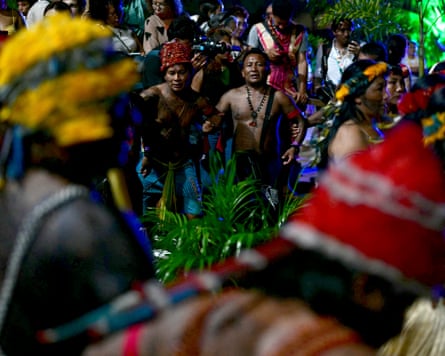
Anália Tuxá, 62, is the chief of the Tuxá people in the state of Minas Gerais. She said: “It is necessary for leaders, for world representatives, to have this awareness of taking care of traditional peoples. It’s not about arriving and saying: ‘Oh, I’m going to donate but then continue destroying, mining, killing our children, drying up our springs, making our people sick.’”
Brazil’s new conservation initiative, the Tropical Forest Forever fund, allocates 20% of its revenue to Indigenous and traditional communities. It is interesting to see this type of allocation, and it is important that it exists. But it is still not nearly enough. The authorities need to step up but they are conflicted. Right now, Lula, the president of Brazil, has given Petrobras authorisation to drill outside the mouth of the Amazon River, an extremely sensitive and biodiverse region. Cop30 is taking place in a threatened Amazon. It’s no use pretending to care in one direction and continuing to destroy in another. That’s hypocrisy.
A territory that insists on speaking
On Tuesday, several news outlets in Brazil and around the world reported that Indigenous peoples and social movements had “invaded” the blue zone of Cop30 in Belém, after a demonstration. That word – “invaded” – struck me.
On Tuesday night I took a ride-sharing car where I heard the driver make racist comments when he saw that my face was painted with the ancestral designs of my people. He told me: “The Indians are invading Belém.” I felt as if the ground had been ripped out from under me for a few moments.
In 2021, a mining barge entered the river in my village, drilling and eating away at the riverbed and contaminating our river. My people called that an invasion. When mining contaminates the river, that is an invasion of the body of water. When mercury reaches fish, it invades the fish’s body, then the bodies of anyone who eats that fish. Mercury is certainly present to some degree in my body at this very moment. That is an invasion.
The Indigenous people who entered the blue zone are from the Lower Tapajós – people who know what it is to be invaded, because they live with illegal mining and mercury within their territories and their bodies. What happened on Tuesday was not an invasion. It was a cry for help from those who are invaded every day.

 3 hours ago
4
3 hours ago
4
